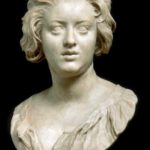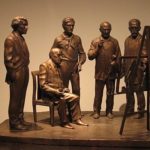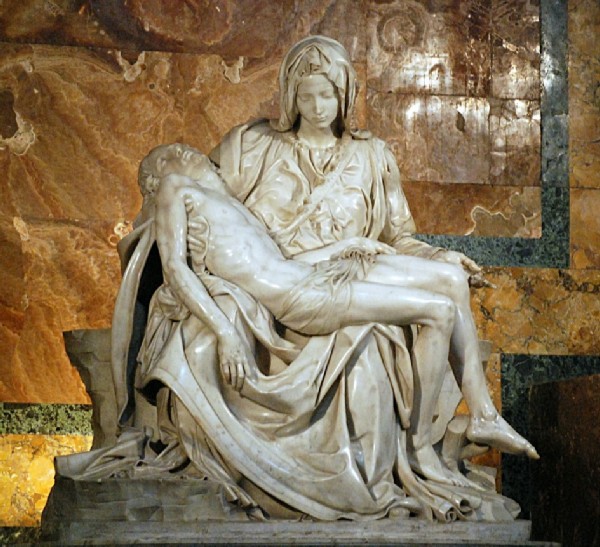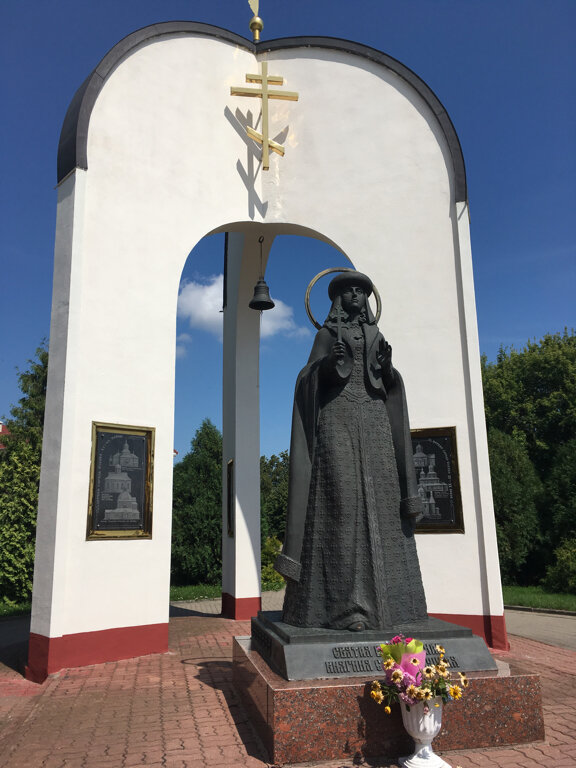Italian Renaissance sculptor Luca della Robbia

Italian Renaissance sculptor Luca della Robbia
Sculptor and jeweler of the Renaissance, full name was Luca di Simone della Robbia, the founder of the dynasty of artists, he devoted his whole long life to the service of art. Born in Florence in 1399 or 1400, trained in textiles and as a goldsmith before sculpture, however, he became known as a prolific sculptor of the early Renaissance. Patronized by the Medici, he achieved fame and wealth through glazed terracotta artworks.
He performed many works, which rightfully occupy a prominent place in the history of the sculpture of the Renaissance. Worked in stone and terracotta, he was the follower of the humanistic movement. Noteworthy, he invented a type of representation of the Virgin and Child shown half-length in white on a blue background that proved highly popular. Set up successful studio in Florence, he kept the formula of his tin glazes a secret. However, the technical formula soon became the basis of a flourishing business. Worked closely with his nephew Andrea della Robbia (1435–1525). Unfortunately, Luca’s successors tended to sentimentalize his warm humanity.

Meanwhile, one of his first biographers, D. Vasari emphasized the diligence of Luca della Robbia and his devotion to art. In particular, he wrote: “… Completely abandoning jewelry, he gave himself up to sculpture (Luca della Robbia) and did nothing else, working all day as a cutter and painting at night. And he did it with such diligence that, often feeling cold legs at night, he warmed them, sticking into a basket with shavings, so as not to depart from the drawing … ”
Luca della Robbia was a younger contemporary of the great Donatello, the founder of the Renaissance sculpture. Before his eyes appeared the first works of a new realistic plastic, when Donatello gave examples of perfect statues of a sitting and standing person. And after that – reformed the relief, constructing it according to the laws of perspective, like a picturesque painting. It was such an approach to sculpture that gave unlimited possibilities for studying man and nature.
About the youth of Luka della Robbia, we know almost nothing. According to sources, he studied with sculptor Nanni di Banco, one of the like-minded people and friends of Donatello. Apparently, Luca della Robbia showed his abilities early. For example, already in the early 1430s he was responsible for serious work – the execution of the cantoria in the cathedral of Santa Maria del Fiore in Florence. At the same time, another cantoria was ordered on Donatello himself.
The cantorias – decorated with marble reliefs depicting singing and dancing children. Comparison of the reliefs shows how different were the creative views of sculptors and their approach to the topic. However, both decisions show the realistic art. In the work of Donatello dominates the element of impetuous and mischievous dance. Shapes obscure one another, sweeping in a stormy movement in front of the spectator. To create the impression of the continuity of their dance, the sculptor divides the reliefs with thin columns.
The characters of Luca della Robbia sing and play music, putting the fullness of feelings into music. On one relief, we see two children holding a heavy book of notes. The other three, older, peer into the notes from behind their shoulders. All five sing with undisguised diligence. The lines with which their hands, legs, and folds of clothes are delineated, echo each other, just as their voices echo each other. This sculptor as if brings to us the harmony of their singing. On the other relief, a group of three young singers, too, looking at detailed notes attract attention. Their faces are full of noble harmony. They stand embracing, united by one impulse, and it seems that their singing should also be of the same coherence. Meanwhile, clothes resemble antique togas – in their flowing lines, internal harmony and musicality.
Related to the music and another relief of Luca della Robbia, made for the Campanile (bell tower) of the Florentine Cathedral. This relief of the hexagonal shape was created in the late 1430s in addition to the reliefs of a hundred years ago, performed by Andrea Pisano. The composition of Luke della Robbia depicts the allegory of poetry. It shows Orpheus, reciting poems, accompanying himself on the lute. However, the relief – slightly damaged from a long stay in the open air (recently transferred to the museum of the cathedral). Now in the person of Orpheus, in his whole figure there is a creative impulse. And next to the poet, charming beasts and birds – lions, wild boar, wolf, eagle, duck, goose, falcon, and heron. Their presence brings to the relief something magical and fantastic.
Most of all, however, Luca della Robbia gained fame through works performed in the technique of majolica. The main materials for Italian sculptors in the XV century remained marble and bronze. Luca della Robbia also worked in both materials, but they were quite expensive and required a long treatment. They tried to replace them with gypsum or terracotta (baked clay), but without success. Both gypsum and terracotta are short-lived, and devoid of beautiful texture. Here, even the coloring applied from above could not help.
Obviously, Luca della Robbia perfectly realized all this. Experimenting, he began to look for new materials for sculpture. Noteworthy, the technique, known as majolica, has been used before. But it was Luca della Robbia who first applied it for large sculptural works. He made improvements to this technique, making the production of a majolica sculpture the family secret of the della Robbia family. Later, his nephew Andrea della Robbia inherited this secret, and from the latter his son Giovanni. And until the XVI century, the use of majolica in plastic remained the privilege of the family della Robbia.
Majolica really solved all the problems: the clay, when covered with glaze and fired, acquired the necessary strength. In addition, the brightness and durability of the colors (first only blue and white, and later also green, yellow, and brown) gave the sculpture close to painting. One of the first experiments of Luca della Robbia in the new technique was the relief “Resurrection”, performed in 1443 – 1445 for the interior of the Florentine Cathedral.
Representing the evangelical legend of the rebellious Christ, the sculptor constructed a complex but deeply thought out composition. The figure of Christ, placed in the center, and on the right and left of it fly the jubilant angels. The guards guarding the coffin with the body are shown sleeping in various poses. “Resurrection” decorated the lunette above the door, and the merits of majolica appear in it extremely boldly – white figures are particularly clearly read on a blue background. The combination of bright pure colors gives the composition of majolica an optimistic, joyful sound.
The characteristic work of Luca della Robbia can also serve one of the many images of the “Madonna with the Child and the Angels”, dating from the 1470s. Quiet and tender is the Virgin. She supports the blessing infant Christ and seems to be a Florentine town-dweller. Vases with flowers in the hands of angels reinforce the genre sound of the relief. Framed by ornamentation with branches and flowers on a white background the image is divinely beautiful. The solemnity, festivity, which the artist achieved through a strict balance of composition and flicker of bright colors, undoubtedly, became popular. Accordingly, Luke della Robbia received many orders.
So, the last years of his life the sculptor was busy with the creation of reliefs in majolica, depicting mostly Madonna with a baby or the worship of Christ. Pretty much preserved, they are usually simple and unpretentious. Meanwhile, this simplicity is evidence of the author’s great skill and wisdom. And after the death of Luke della Robbia, these perfect and attractive motifs became repeated by his disciples and successors.
Undoubtedly, even today the works of Italian Renaissance sculptor Luca della Robbia seem so fresh and alive that it’s hard to believe that their author lived in the 15th century.
Italian Renaissance sculptor Luca della Robbia
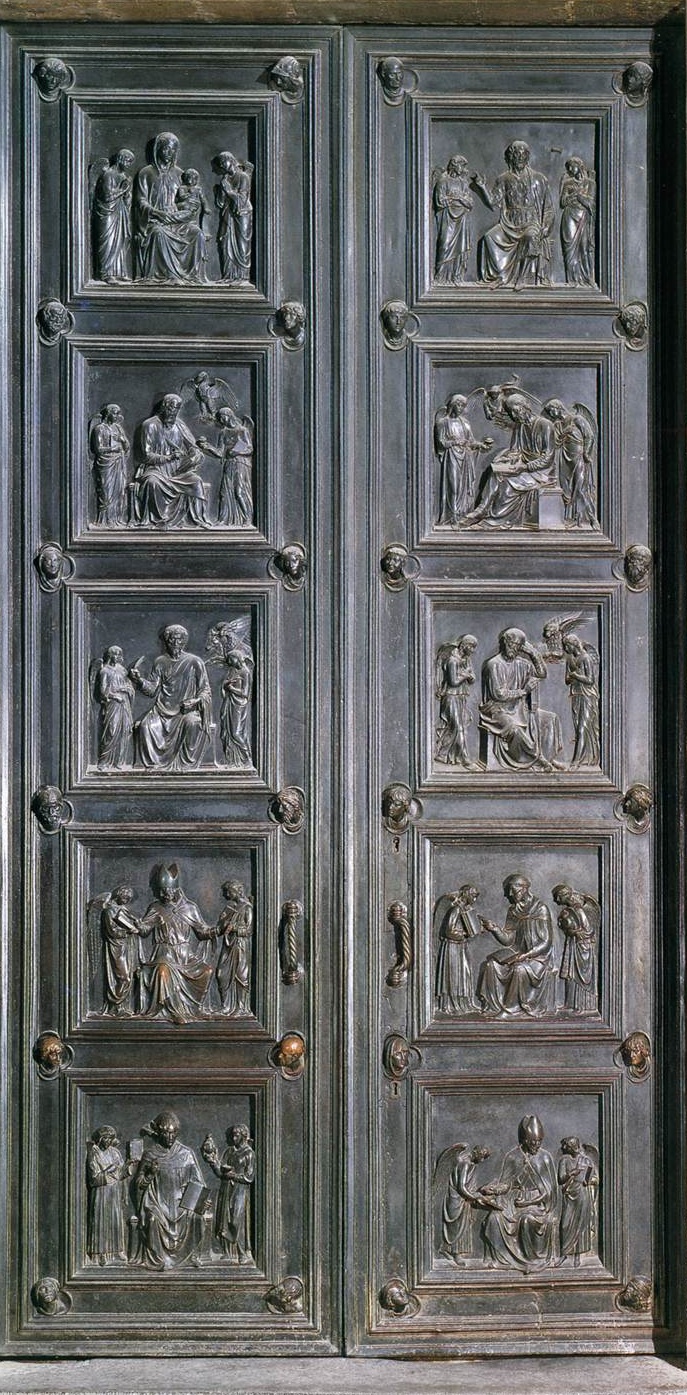
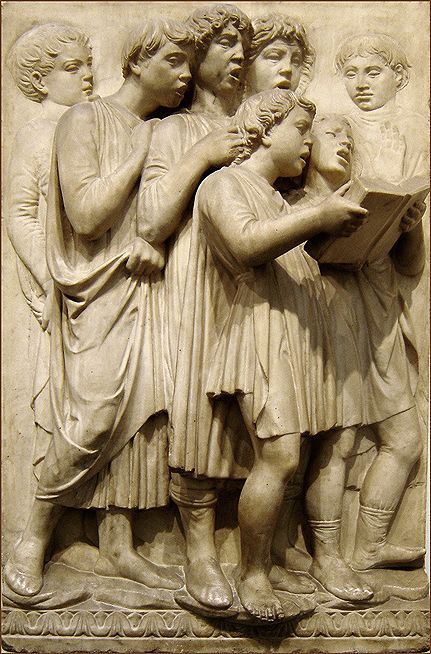

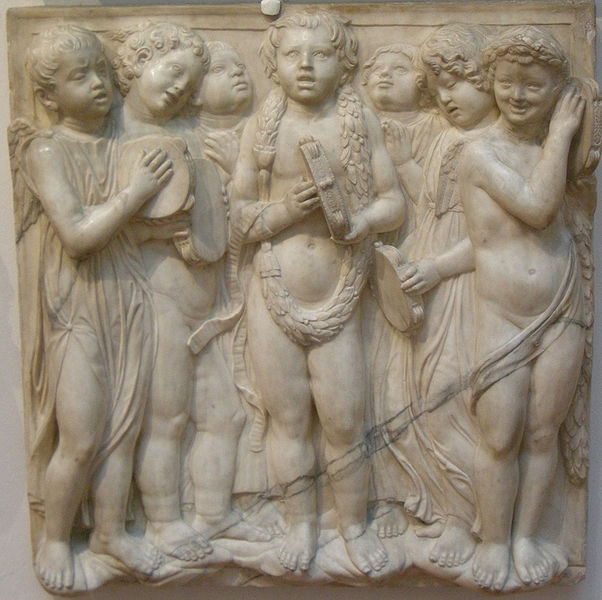
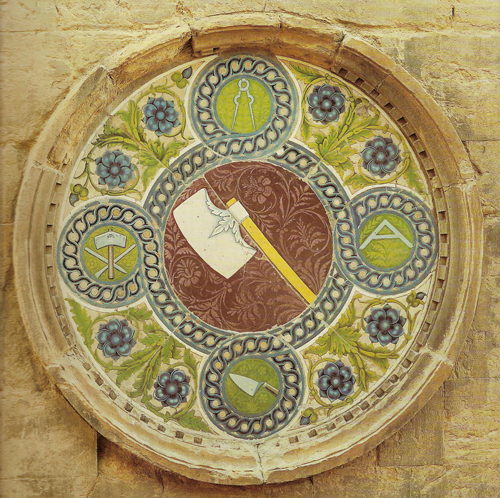
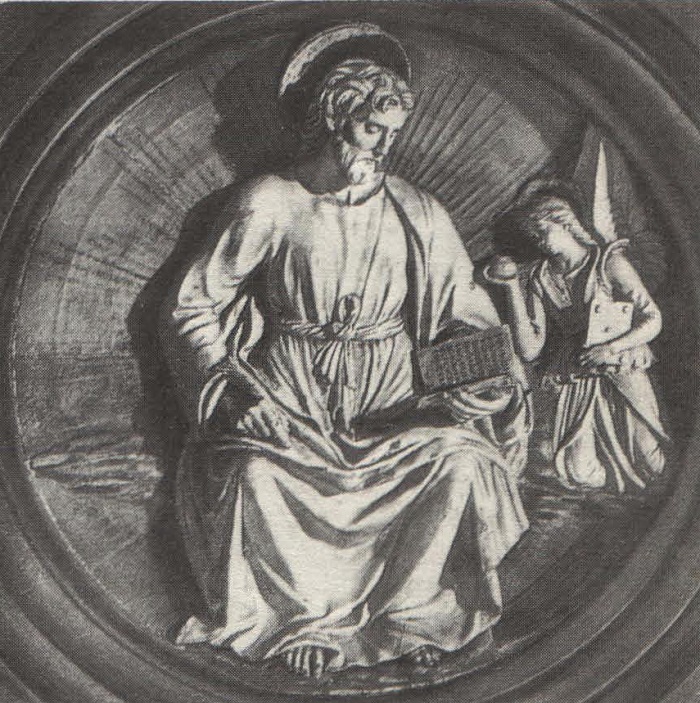
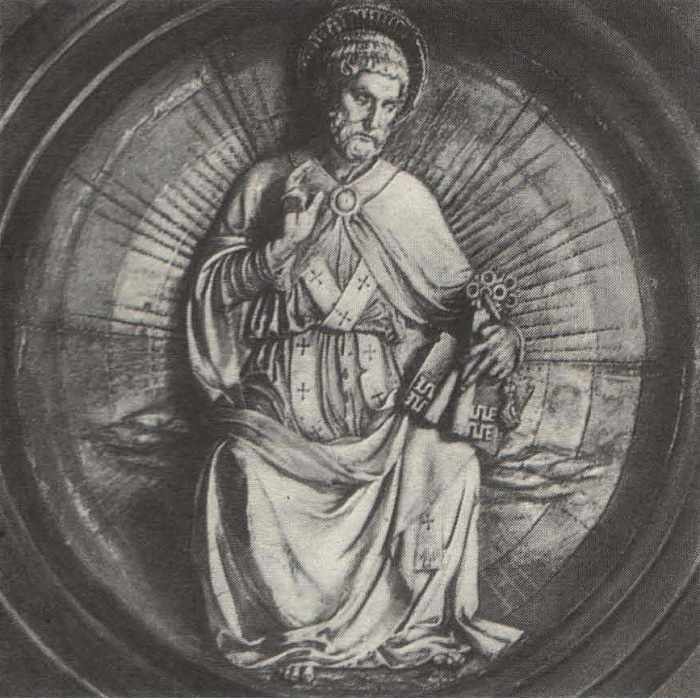
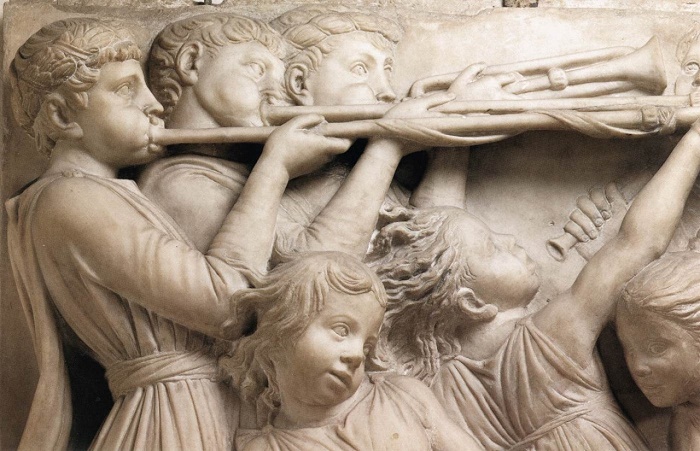
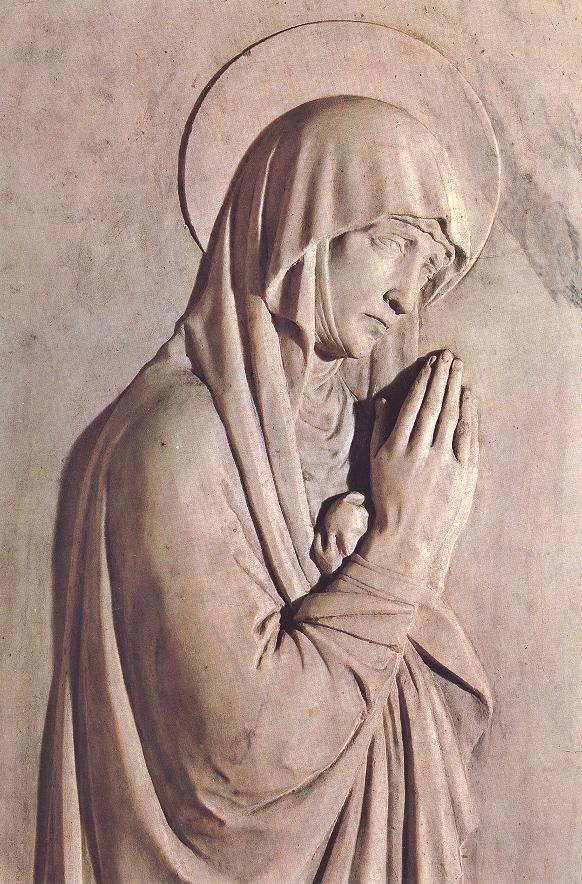
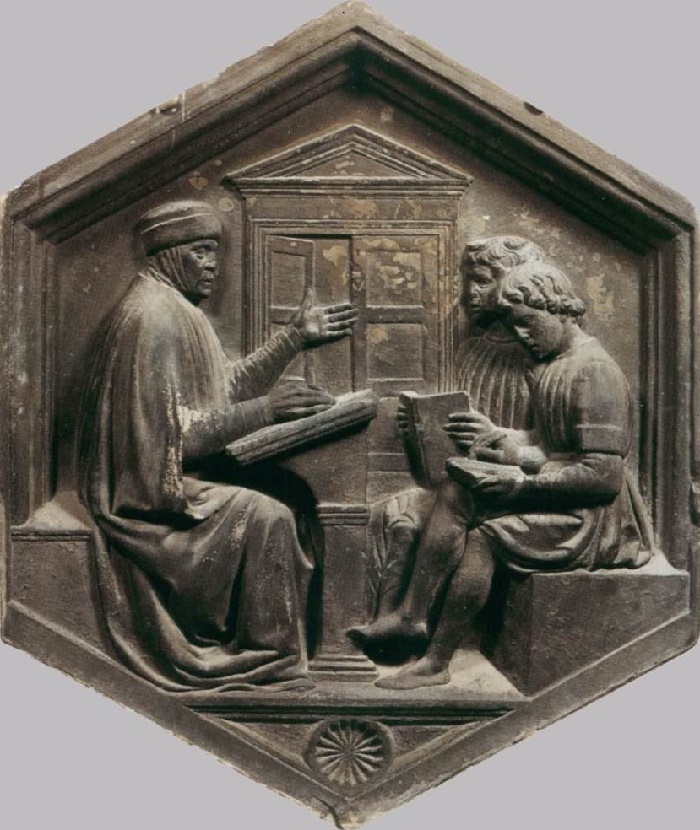
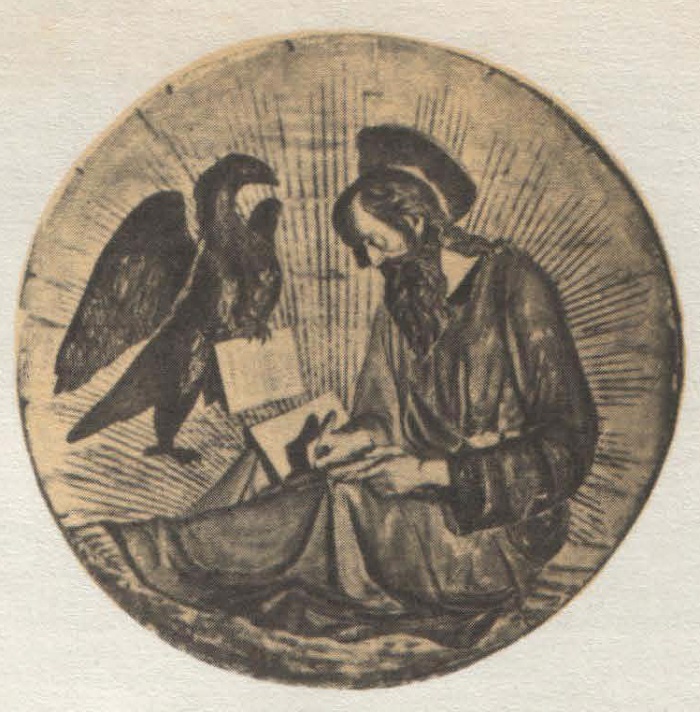
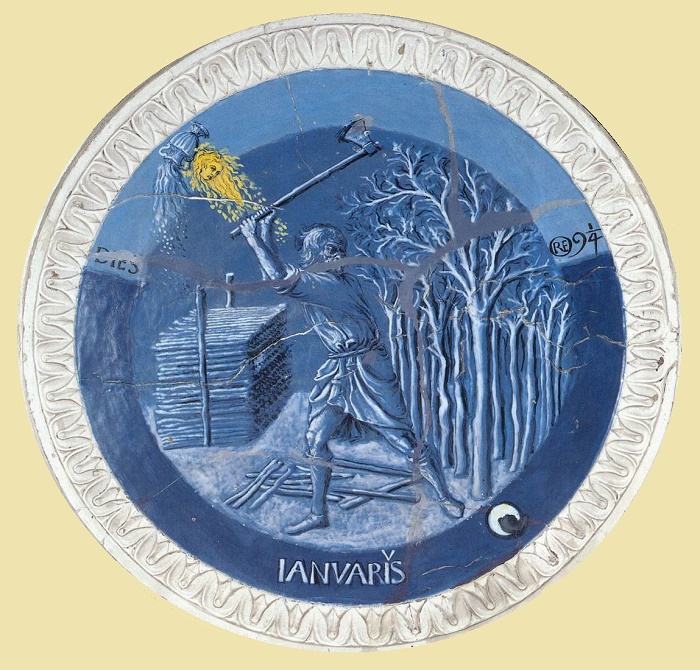
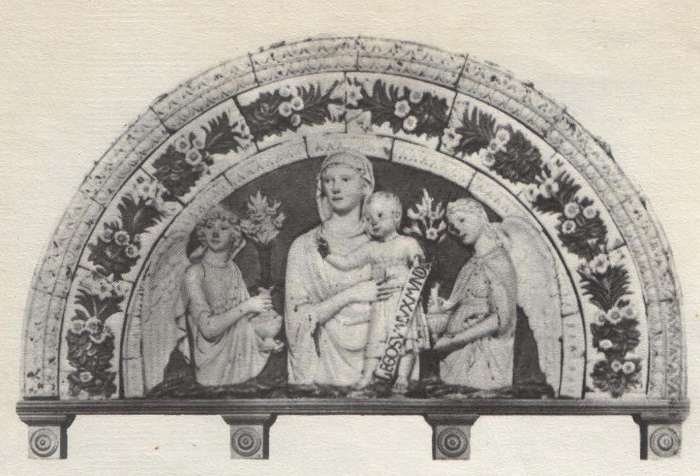
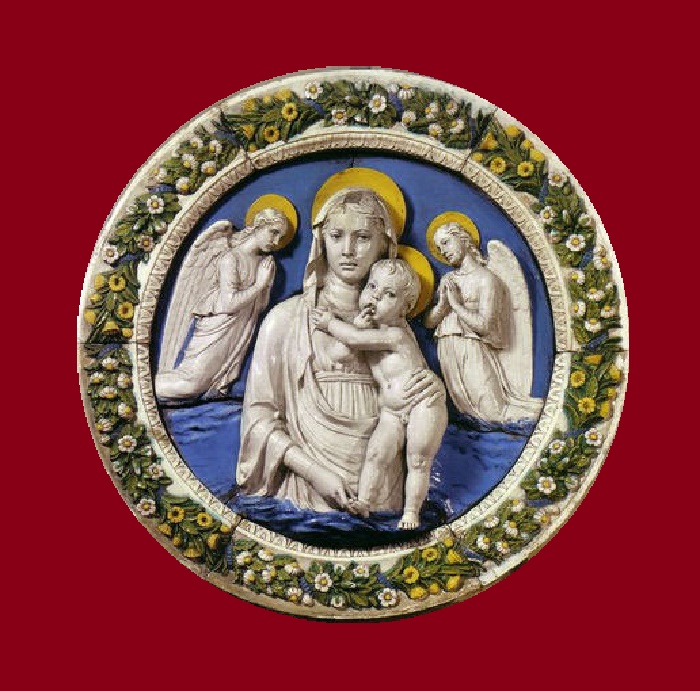
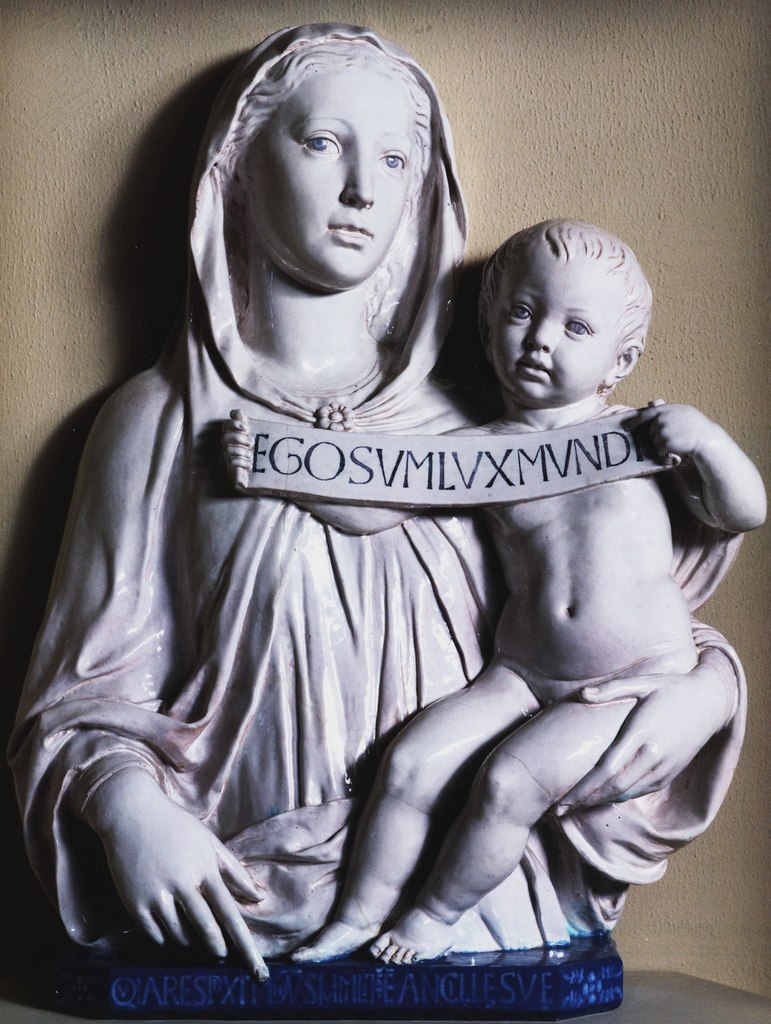

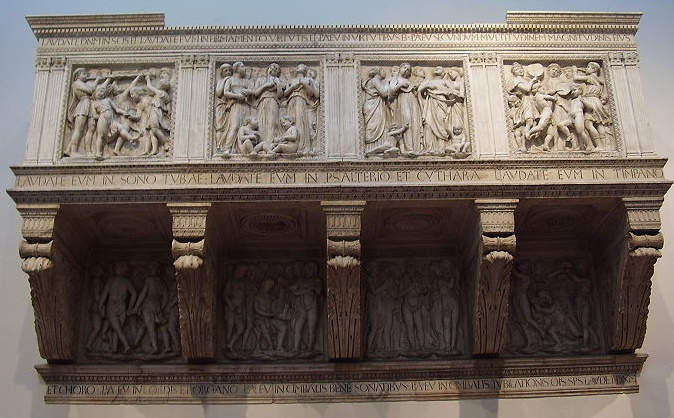
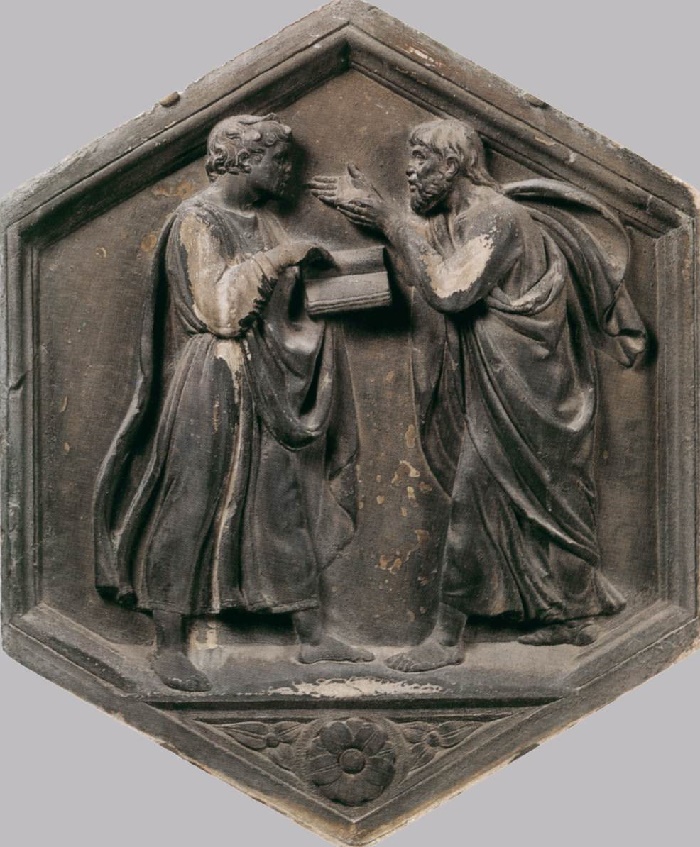


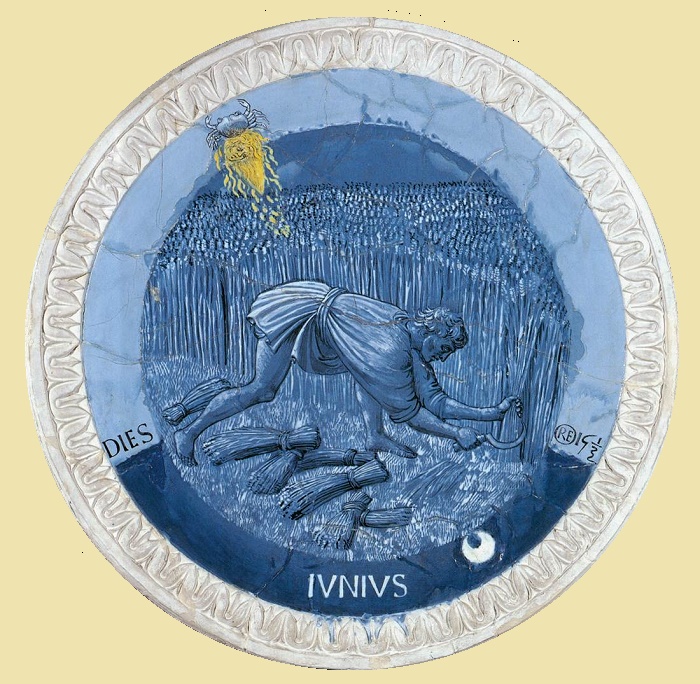
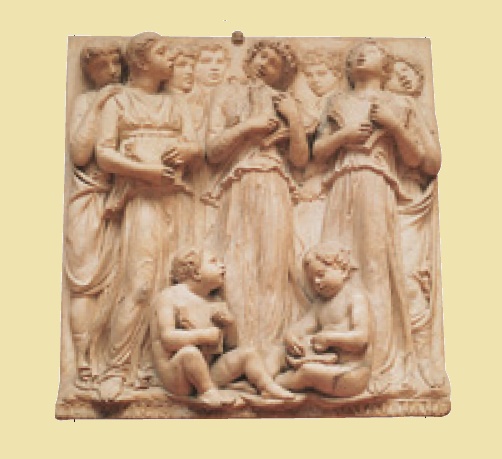
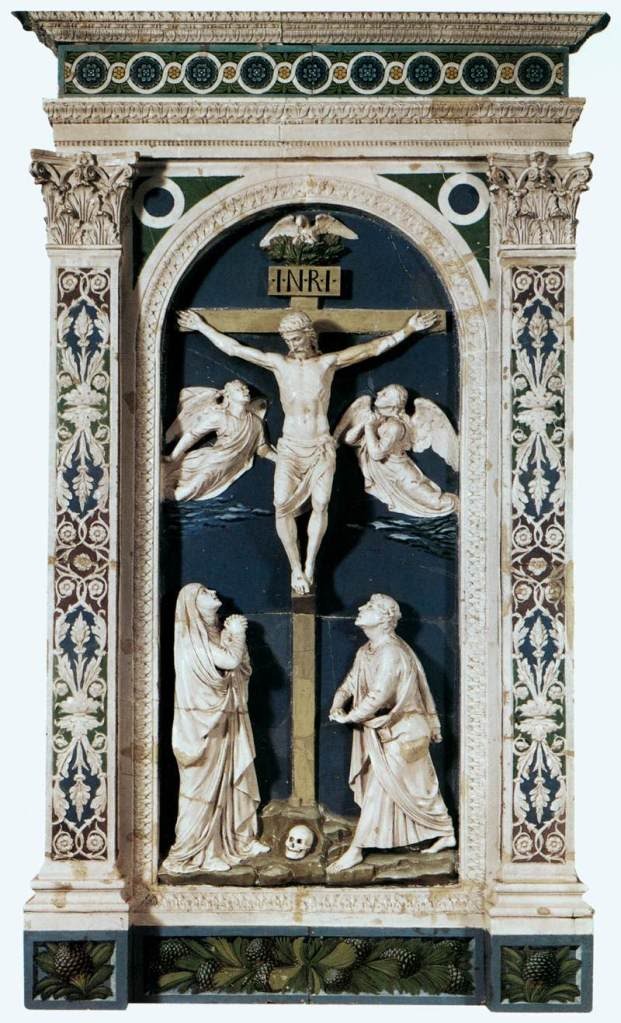
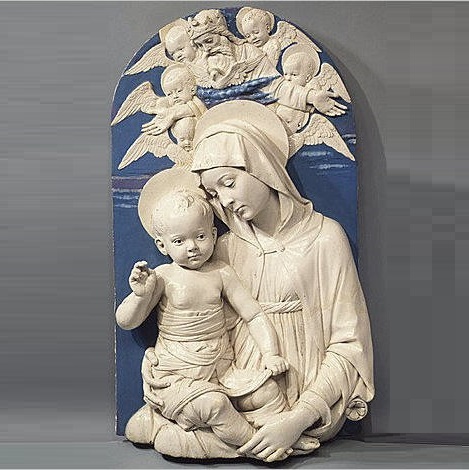

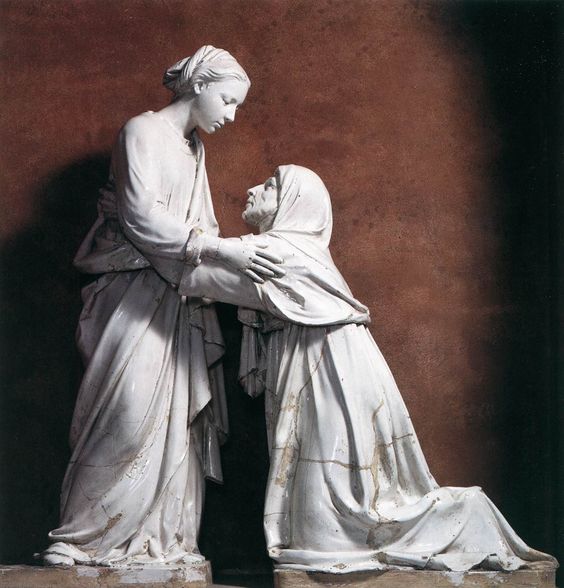
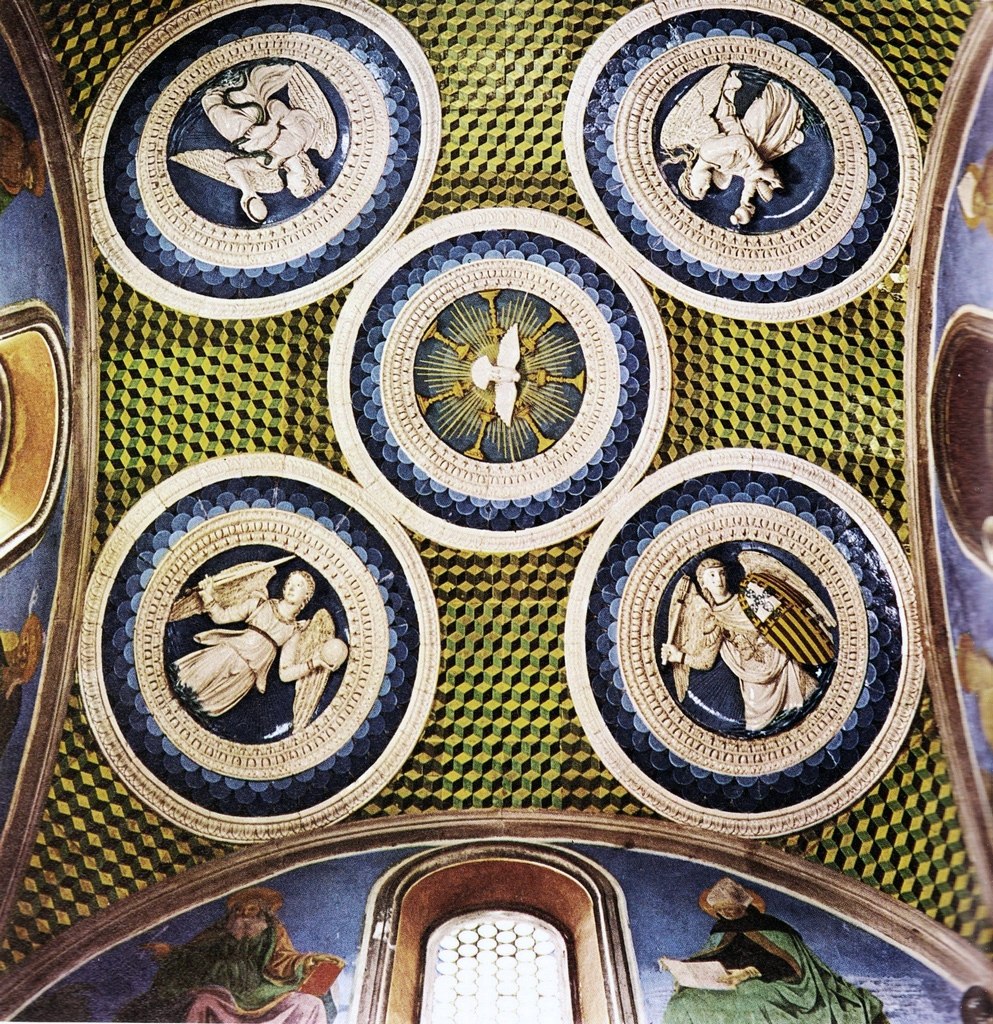
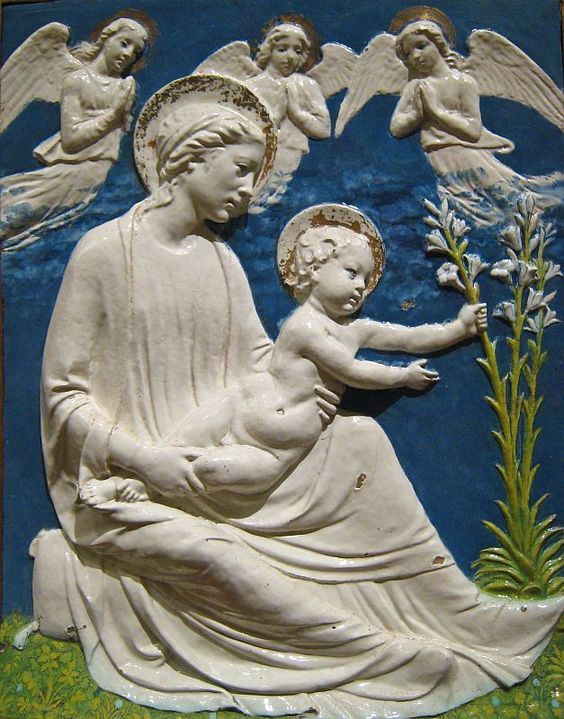
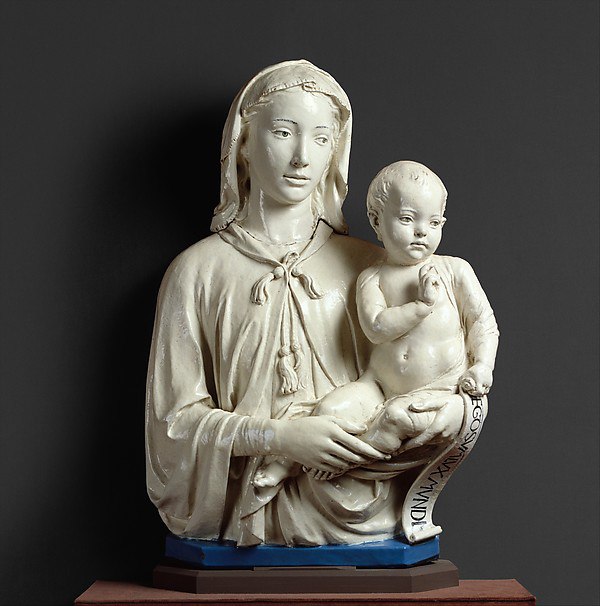
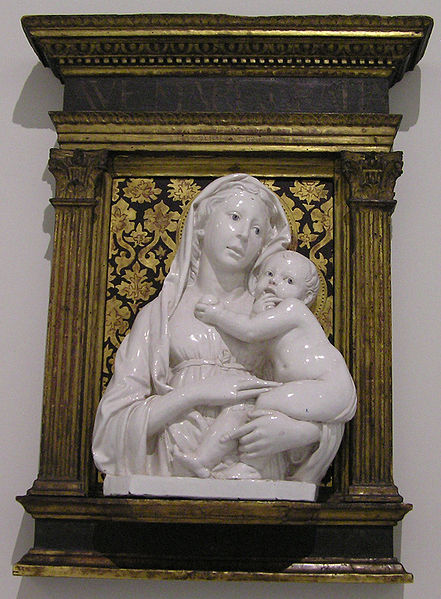
Virgin with Child, 1450
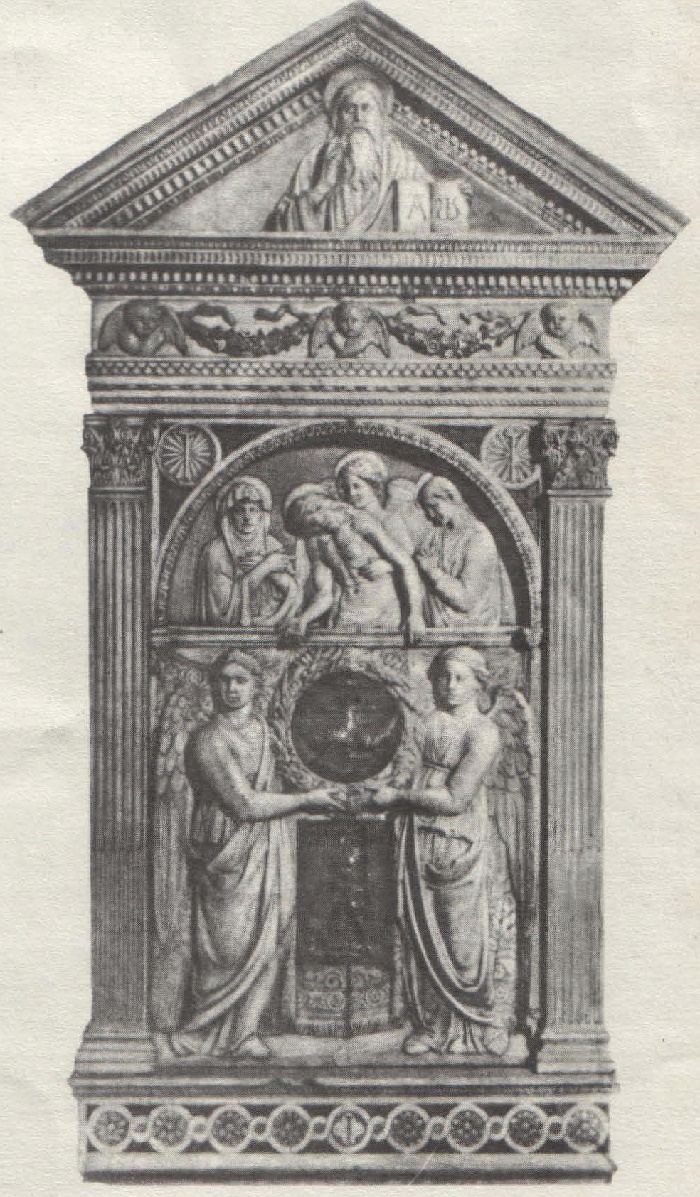
Sources
journal Young Artist 3/1982
Italian Renaissance sculptor Luca della Robbia.
Cumming R. Art Paintings, Sculpture, Artists, Styles, Schools, 2005

